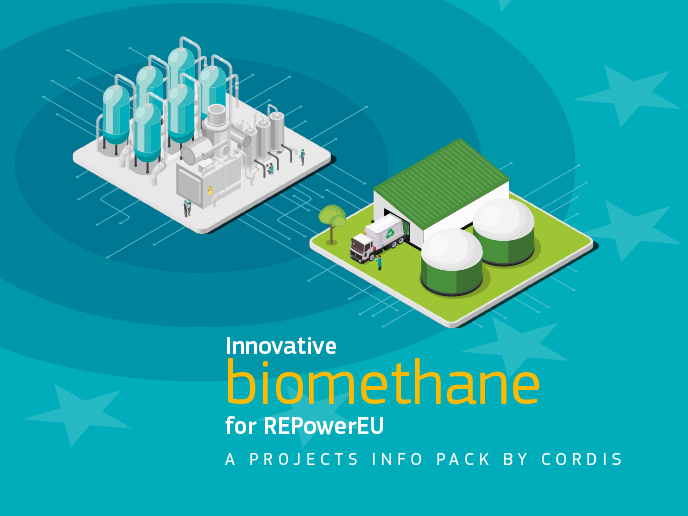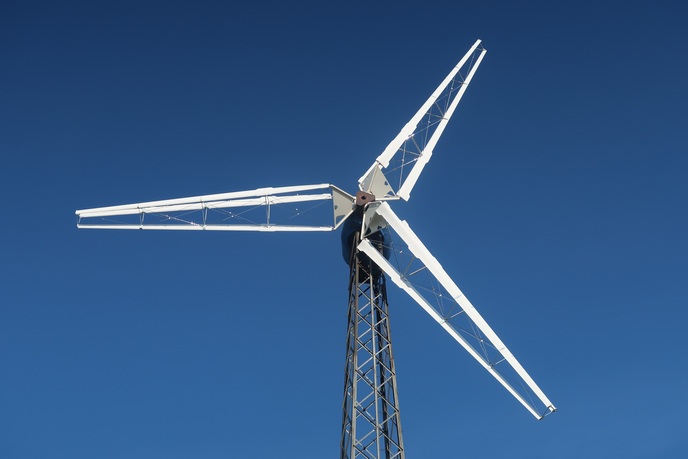Cleaner, greener and more economical wind turbines for Europe
EU Member States are legally obliged to incorporate a percentage of renewable energy into their power consumption before 2020. Wind power is the most cost-effective alternative in spite of persistent inefficiencies. With this in mind, the EU-funded OPTIWIND (Optimum power extraction of wind energy by small to medium scale wind turbines) project set out to address wind energy conversion (WEC). WEC relates to the electrical power output from a given wind speed. The process depends on the accuracy with which peak power points are tracked by a maximum power point tracking (MPPT) controller. Sub-optimal conversion by such controllers results in wasted wind energy. None of the many previously attempted MPPT algorithms have been successfully translated to reliable industrial operation. OPTIWIND sought to introduce an effective solution by initially focusing on the compatibility of the MPPT algorithm with a particular type of wind turbine. Later in the project, attention turned to ensuring the algorithm's compatibility with turbines that are currently available in the wind industry. The OPTIWIND team believed this would result in a more robust, universally compatible end product. The proposed solution was a standalone device that could be both retrospectively fitted to existing systems and/or provided by turbine manufacturers for compatibility with a maximum number of systems. Project members performed further research, development and testing to validate the compatibility and availability of other turbines in the marketplace in working seamlessly with the OPTIWIND system. Algorithms with and without sensors were tested before selecting a sensorless algorithm for further optimisation. Thanks to OPTIWIND, a highly compatible algorithm will translate to more energy-efficient and cost-effective wind turbines, meaning opportunities for business and greener power for Europe.







